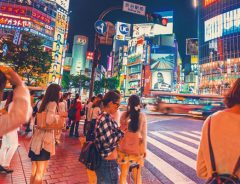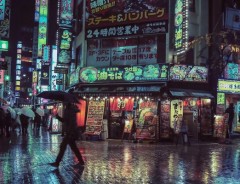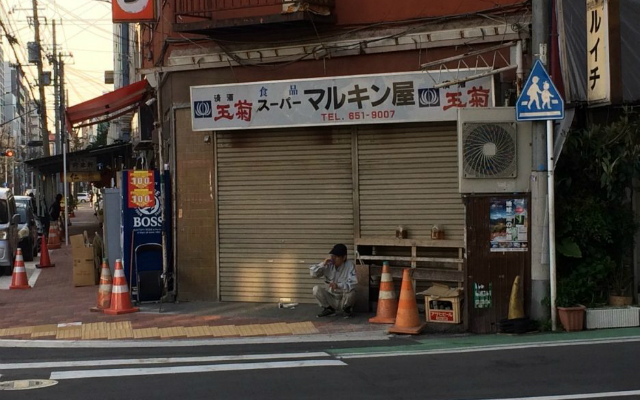- Tags:
- Homeless / JAPAN Forward / Social Issues / Society / Tokyo
Related Article
-

JAPAN Forward Third Anniversary and Website Renewal
-

Tokyo’s New Luxury Bus Offers Stress-Free Fancy Ride And Breakfast
-

5 Best Sashimi Restaurants in Tokyo
-

This Video Journey Through Night Time Tokyo Is Just Too Beautiful
-

The Japanese Student Formerly Known as Prince Who Fought Back Against Kira Kira Names
-

Haunting Night Time Photography Shows Tokyo’s Beautiful After Hours



Despite being one of the richest and most developed countries on this planet, Japan is not the perfect heaven of modernity the inner parts of Tokyo would suggest. Although there are problems stemming from social pressure which are especially associated with Japan, like suicide, or the hikikomori (recluse) phenomenon, poverty and social problems which are common elsewhere can be found here too. The form of these problems, however differs from other countries.
One thing I ask myself whenever I see homeless people around big stations like Shibuya or Shinjuku is why there are not more homeless people visible in other parts of Tokyo. In my hometown (Hamburg in Germany), homeless people can be found in almost every part of the city and are frequently riding the subway. Japanese urban areas however are a bit different.
First of all, who is considered to be homeless in Japan?
Basically, everybody who is without an official and stable place to live can be considered homeless. However, homelessness in Japan can be observed in two different forms, obvious and hidden.
Obvious homelessness covers people who essentially live on the street. This kind of homelessness is visible in and around big train stations (such as Shibuya, Shinjuku or Ikebukuro), and also in other urban places such as parks and areas near rivers, including riverbanks. In many of these places Japanese homeless are living in house-like tents, which can be quite sophisticated. It is said that some of these huts even have electricity.
Hidden forms of homelessness are more difficult to observe and seem almost to exist secretly among mainstream Japanese society. Hidden homeless includes people sleeping in capsule hotels, manga and internet cafes or staying the night at 24-hour fast food restaurants.
Furthermore, almost all bigger Japanese cities have a place called doyagai (a word-play of the term yado, or lodging inn). These places usually consist of a great number of small rooms for cheap rent concentrated in one small, comparatively decayed area. Doyagai used to be areas where daily laborers lived and gathered to find work. They transformed into places for poor and homeless people after the economic bubble burst in the beginning of the 1990s. These areas are the places where poverty is most visible in Japan, but they are far less dangerous than similar deprived areas in other developed nations.
It is common that homeless move between these different forms of accommodation, changing their place to sleep as frequently as every week or even every night. It is also important to note that many homeless in Japan have jobs and are indistinguishable from regular Japanese citizens if judged by their appearance. Nonetheless, it is still quite hard to be homeless in Japan...
Written by Japan ForwardThe continuation of this article can be read on the "Japan Forward" site.
Blind Spots among the Neon Lights – Homelessness in Japan’s Urban Areas